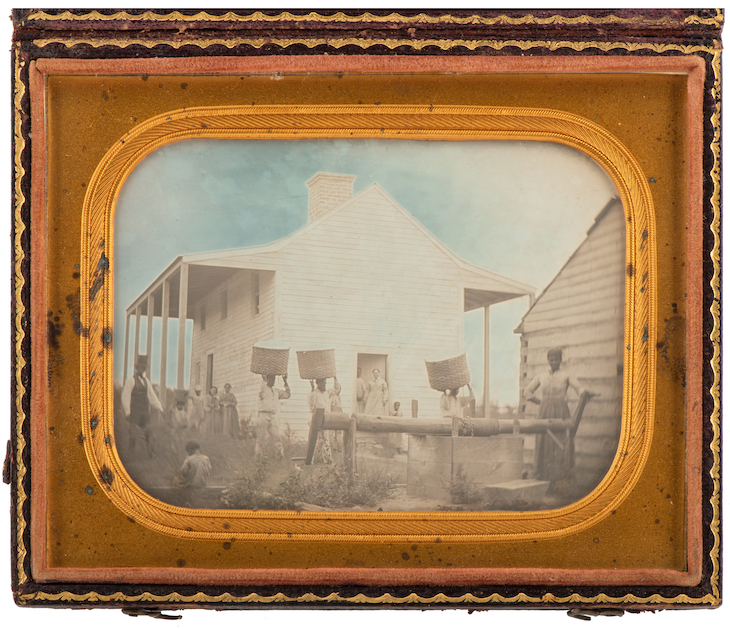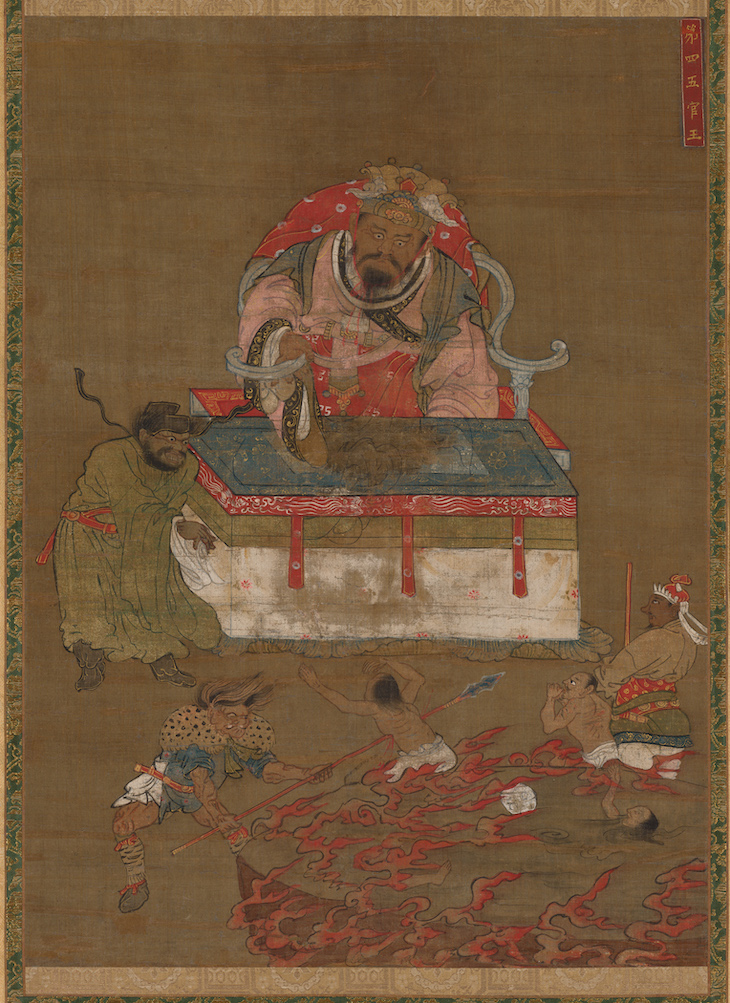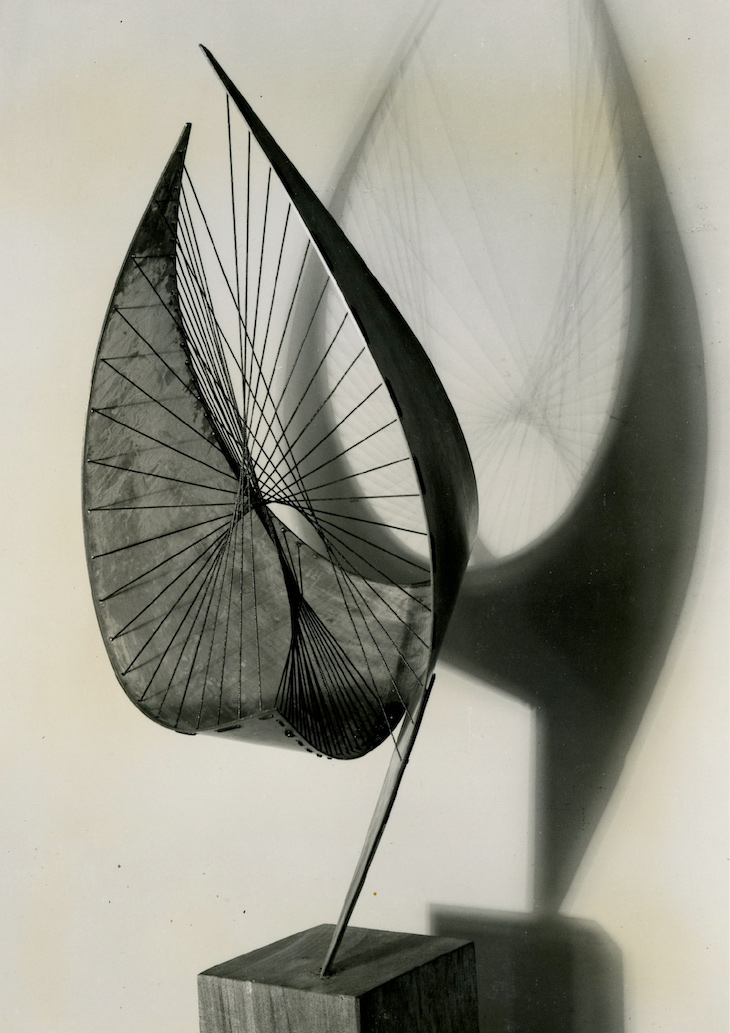A round-up of the best works of art to enter public collections recently
National Gallery, London
The Finding of Moses (early 1630s), Orazio Gentileschi
After a successful public fundraising campaign raised the final £2m required, the National Gallery secured the purchase of Orazio Gentileschi’s biblical masterpiece, which had been on loan at the gallery for almost two decades. Commissioned by Charles I for Henrietta Maria to celebrate the birth of his eldest son (the future Charles II), it is one of the few extant paintings completed by Gentileschi during his 13-year stint at the Stuart court. Read more about the painting’s story in Breeze Barrington’s article for Apollo here.
The Finding of Moses (early 1630s), Orazio Gentileschi

Musée du Louvre, Paris
L’Âme brisant les liens qui l’attachent à la terre (1821–23), Pierre-Paul Prud’hon
Completed in the final year of his life, and found in his studio after his death in 1823, Prud’hon’s painted allegory of the soul’s deliverance from earth has a deeply personal resonance. The final major composition by Prud’hon to remain on the market was declared a French National Treasure in 2018; it has now been acquired for the Louvre by the Société des Amis du Louvre.
L’Âme brisant les liens qui l’attachent à la terre (1821–23), Pierre-Paul Prudhon. Photo: © RMN-Grand Palais (musée du Louvre)/Benoît Touchard

Nelson-Atkins Museum of Art, Kansas City
Daguerrotype depicting slaves on cotton plantation (c. 1850s)
This is believed to be the earliest known photograph of enslaved people in the US. It shows a small plantation building, probably in Greene County, Georgia, in front of which stand a group of African-American men, women, and children, some of whom bear cotton baskets on their head, as well as the owner of the plantation. Research conducted by Cowan’s Auctions – from whom the daguerreotype was purchased for the museum, by the Hall Family Foundation – has suggested that the slave-owner depicted was a middle-class Georgian named Samuel Gentry, indicating that the practice of slave ownership in the antebellum South was not merely the province of the very wealthy.
Slaves on cotton plantation (c. 1850), unknown maker, America. Courtesy Nelson-Atkins Museum of Art

Victoria and Albert Museum, London
Head of a Laughing Child (c. 1746–49), Chelsea porcelain factory, after Louis-François Roubiliac
Surviving examples of English porcelain from the earliest years of its production are fiendishly rare – and this may be the finest example yet discovered. Modelled (almost certainly) after a clay model by the French sculptor Louis-François Roubiliac – who was active in London in the 1740s, and a friend of Nicholas Sprimont, who founded the Chelsea porcelain factory in 1743 – it was found at a flea market in south-west Brittany in 2011.
Head of a Laughing Child (c. 1746–49), Chelsea porcelain factory, after Louis-François Roubiliac. © Victoria and Albert Museum, London

Cleveland Museum of Art
The Fourth King of Hell (late 1300s), Korea
Unmoved behind his desk, a deity looks on while sinners are scalded in a cauldron at his command. Depictions of the ten Buddhist kings of hell began in Tang dynasty China, and were brought to new heights of sophistication in the silk-scroll paintings of the Koryean Goryeo period (918–1392). Completed in the royal painting workshop during the late 14th century, this work is part of the only complete series showing the ten kings of hell that has survived from this period. It’s been a busy time for acquisitions at the Cleveland Museum – also recently entering its holdings are a group of drawings by Henri Fantin-Latour and Maarten de Vos and five photographs by the American artist Ann Hamilton.
The Fourth King of Hell (late 1300s), Korea. Courtesy Cleveland Museum of Art

Hepworth Wakefield
Orpheus (Maquette 1) (1956), Barbara Hepworth
An early example of the sculptor’s shift from stone and wood to metal, the curved, strung form of Hepworth’s abstract bronze alludes to the lyre of the Greek hero after whom it is named. It is one of three modern British works – along with a sculpture by Denis Mitchell (Hepworth’s assistant from 1949–59) and a painting by William Scott – to have been donated to the Hepworth through the UK government’s Cultural Gifts scheme, having formerly been in the collection of the editor and journalist Nancy Balfour.
Orpheus (Maquette I) (1956), Barbara Hepworth. Photo: Studio St Ives; © Bowness

Pérez Art Museum Miami
Sixteen works by Christo and Jeanne-Claude
Spanning five decades of the duo’s career, the works donated to the Pérez by PAMM trustee Maria Bechily and her husband Scott Hodes – Christo’s lawyer – have made the museum’s collection of works by the artists the fourth largest in the US. Highlights of the donation include a work relating to Wrapped Reichstag (1995), which saw the parliamentary building in Berlin covered in a million square feet of fabric.


